Have you ever seen a black white-tailed deer? It’s a truly rare sighting, but such deer do exist. Here’s your complete guide to these animals.
White-tailed deer are the most familiar large animal over much of North America. They live on farms, in suburbs, even in cities. In many regions, there are far too many of them, posing threats to conservation and even human health.
But deer are also a source of endless fascination for naturalists, hunters and backyard wildlife watchers, me most definitely included.
Despite also being one of the most studied wild animals in the world, whitetails can still surprise. Take their color variations. White deer – the subject of a blog I wrote previously – have long been the subject of lore and myth. White deer are not common, but they are conspicuous. People observe them regularly, many of them reporting them here.
But did you know there were also black deer? This coloration is even rarer than white. In fact, it is so unusual that this color variant remains little studied.
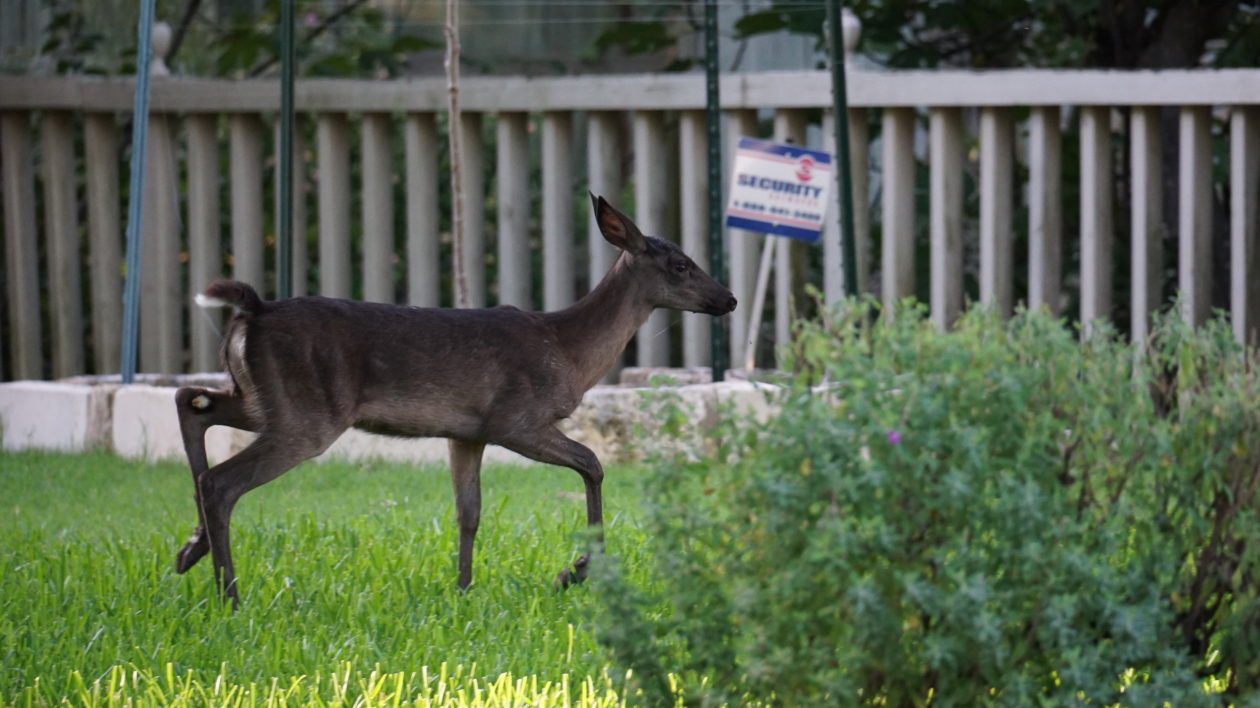
What is a Black Deer?
Many wild animals have variations in colors. In white-tailed deer, melanism – as the coloration is known – is a recessive genetic trait that can be inherited. It causes an excess of dark pigment, believed to be due to mutations in the melanicortin 1 receptor gene (MC1R). The deer appear a dark chocolate brown or black, and they have a fairly uniform coloration over their entire body.
Melanistic deer have been reported from 29 states, but they are never common. In one region of Texas, Texas Tech University found that melanistic deer make up about 8.5 percent of the population, by far the biggest concentration of these animals known.
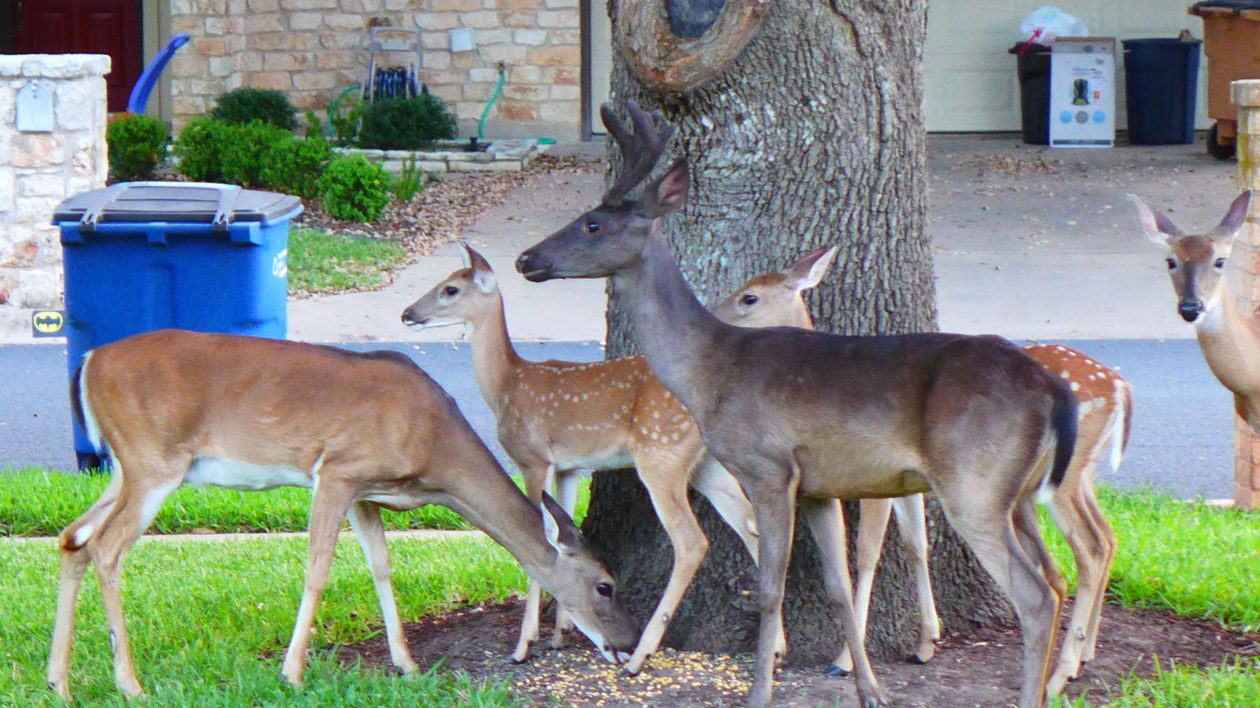
Wildlife photographer and deer expert Leonard Lee Rue III, in his excellent reference book The Deer of North America, reported that in the mid-1900s, a concentration of melanistic deer was found in Union County, Pennsylvania. I have spent a fair amount if time in the woods in this area, always hopeful, but I have never seen a melanistic deer there, nor have I heard of others being spotted.
David Schroeder, who generously allowed me to use his photographs for this story, photographed a melanistic deer on his property that was the twin of a “normal” colored fawn. Neighbors alleged that this deer was sired by a melanistic buck, although Schroeder never saw this animal. However, this year another melanistic fawn has appeared on a neighboring property.
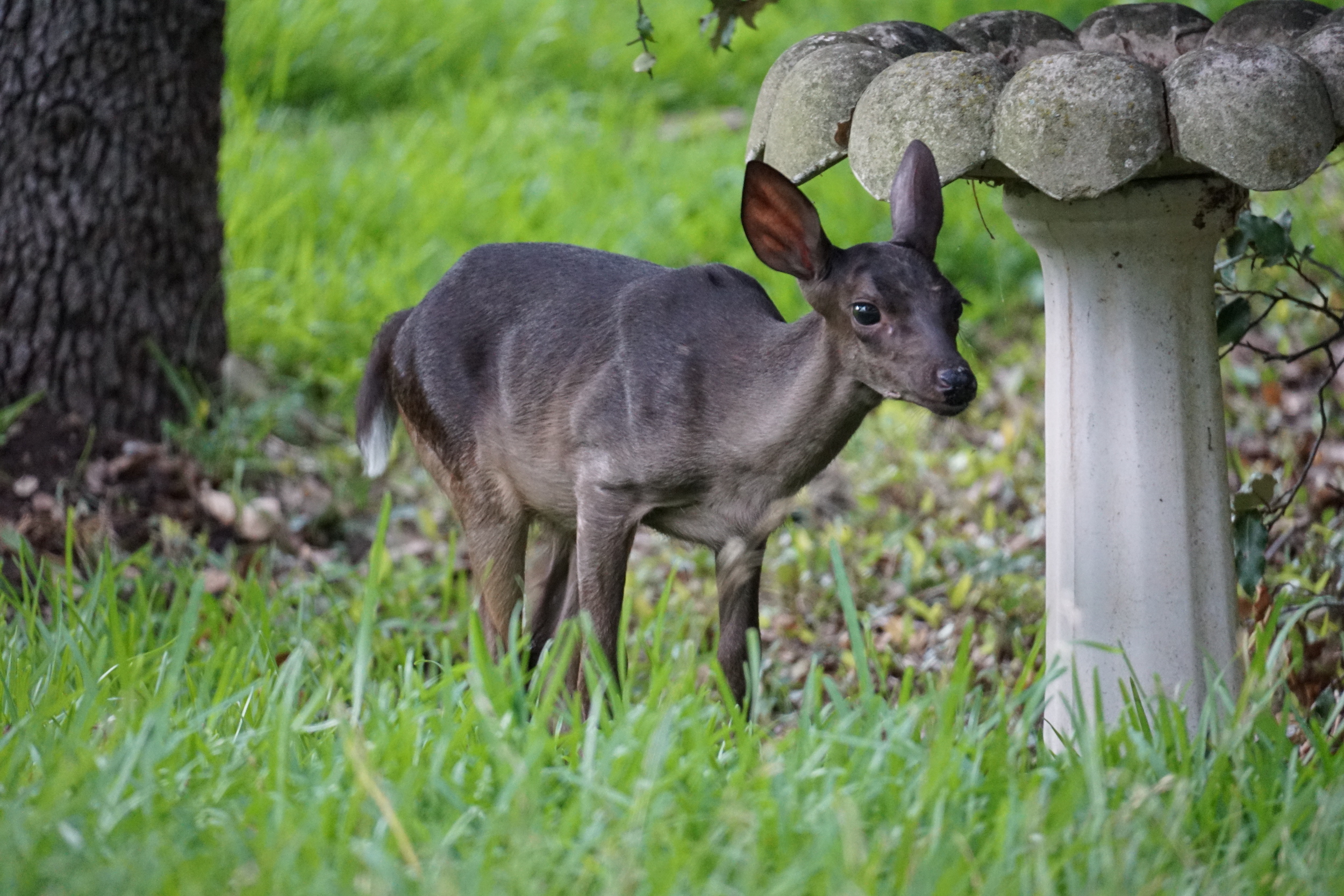


Black Panthers and Black Squirrels
Many other animals can be melanistic. Perhaps most well known are melanistic wild cats such as leopards and jaguars (melanistic individuals in both species are often commonly called “black panthers”). There are at least 11 other species of wild cats that exhibit melanism.
In both leopards and jaguars, according to the conservation group Panthera, about 10 percent of the population is melanistic. But this varies by region. Black leopards, for instance, are rare in Africa, although camera traps have recently confirmed individuals in Kenya. But on the Malayan Peninsula, researchers estimate 95 percent of leopards could be melanistic.
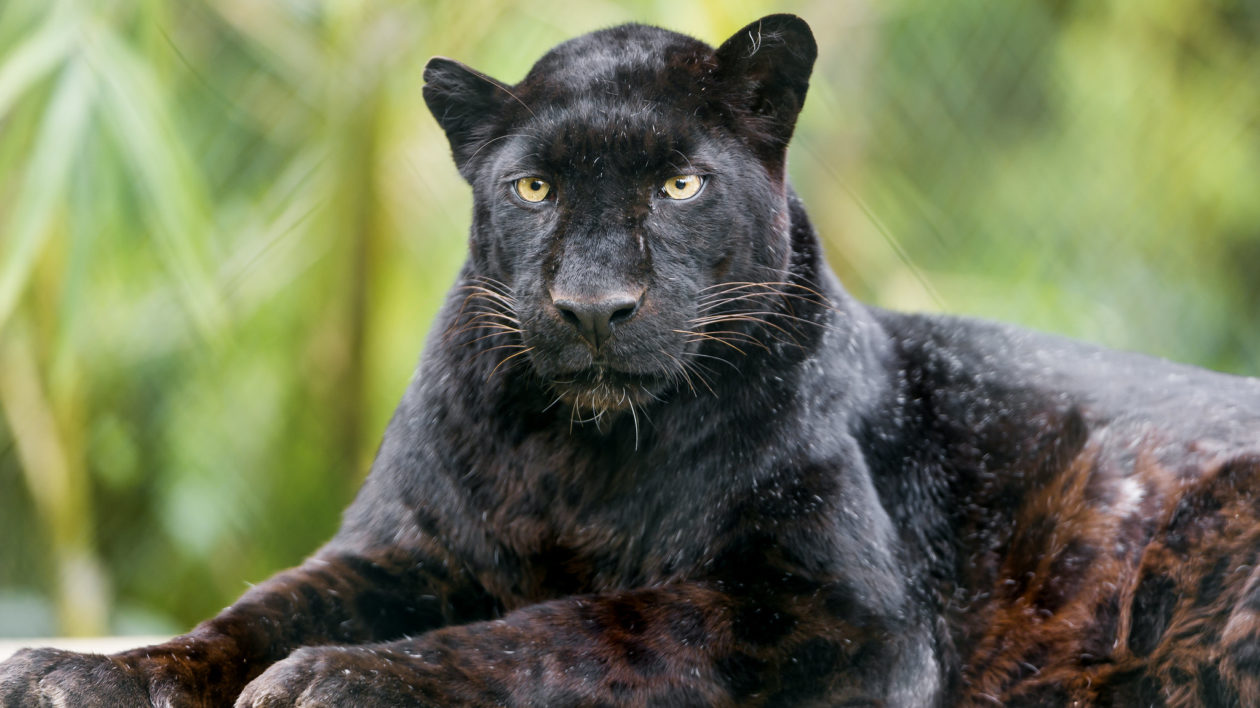
In North America, black squirrels (in several species) are fairly well known animals. In some communities, black squirrels are prevalent and a popular tourist attraction. Some researchers have argued that at one point – when eastern North America was covered in thick, old-growth forest – black squirrels were much more common and may have even been the predominant color. They have based this on historical records, and believe it may have allowed squirrels to blend in better with the thick brush.
Some believe the melanistic leopards of the Malayan Peninsula may be better adapted to blending into the thick rainforest there.
Could something similar have been true for melanistic whitetails? At one point, much white-tailed deer habitat would have been old-growth forest, so perhaps there were more black deer. As deer adapted to new habitat – small woodlots, farms, suburbs – darker coloration would not have conferred advantages. This is all conjecture, of course, although Texas Tech researchers have hypothesized that the 8-county area with lots of melanistic whitetails may be due to the thick undergrowth that characterize the region’s valleys.
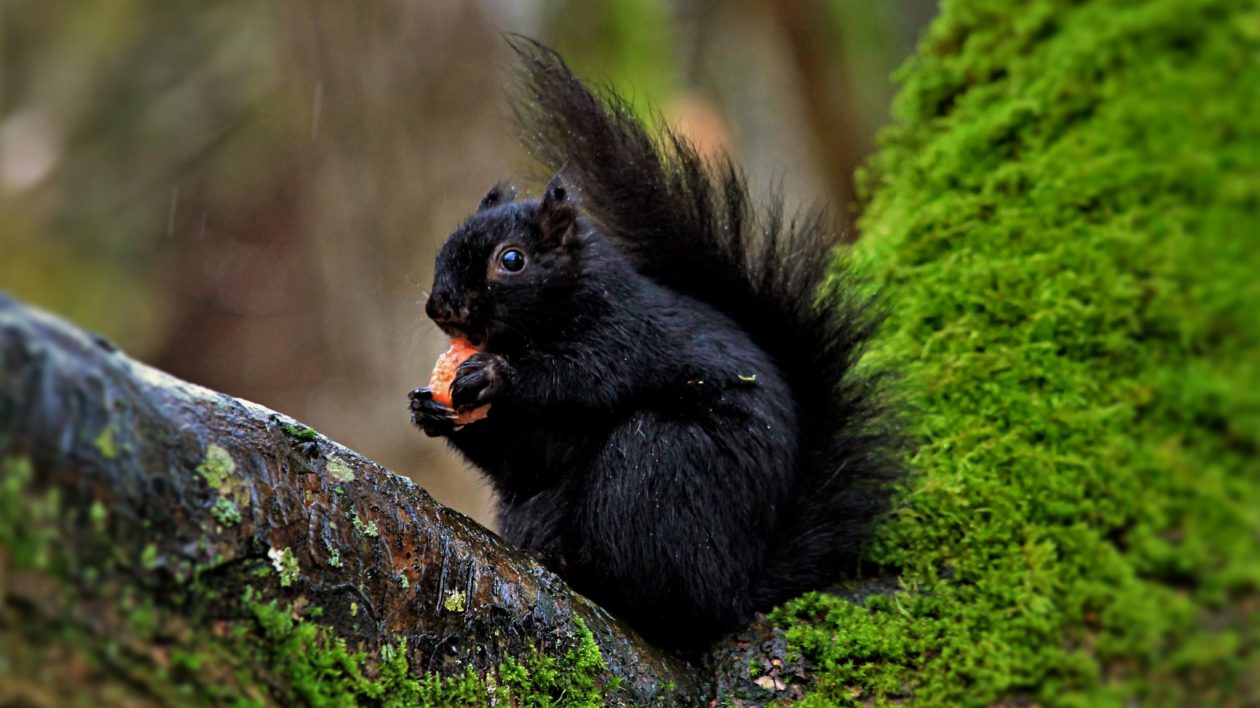
Mistaken Identity?
Seeing a melanistic whitetail requires an extraordinary amount of luck. And if you do see one, you possibly have to rule out a complicating factor: non-native deer species, a couple of of which can be dark brown or black in coloration.
North America has a variety of non-native deer that have been released or escaped, and now roam at large. Sika deer are fairly common in parts of Maryland and Virginia, including protected areas like Chincoteague National Wildlife Refuge and Blackwater National Wildlife Refuge. These deer are not melanistic, but a very dark brown.
However, from a distance, they often look black. They are much smaller than whitetails, have very different antlers, and have a thicker coat. My guide to non-native deer can help you tell the difference.

Fallow deer are more confusing. This European deer species is common on game ranches, petting zoos and wildlife parks, and occasionally escapes. It can be found roaming free in Texas and other states. Perhaps because fallow deer were bred extensively in deer parks, they exhibit a variety of coat colorations, including black. Melanism in fallow deer is much more common than in other species.
I had a moment of excitement once in Texas, when I saw a dark-colored deer moving through the trees. I was near the area where melanistic whitetails are more common. But as the animal entered an open field, it revealed itself as a fallow deer. A new species for my North America mammal list, but a non-native one.
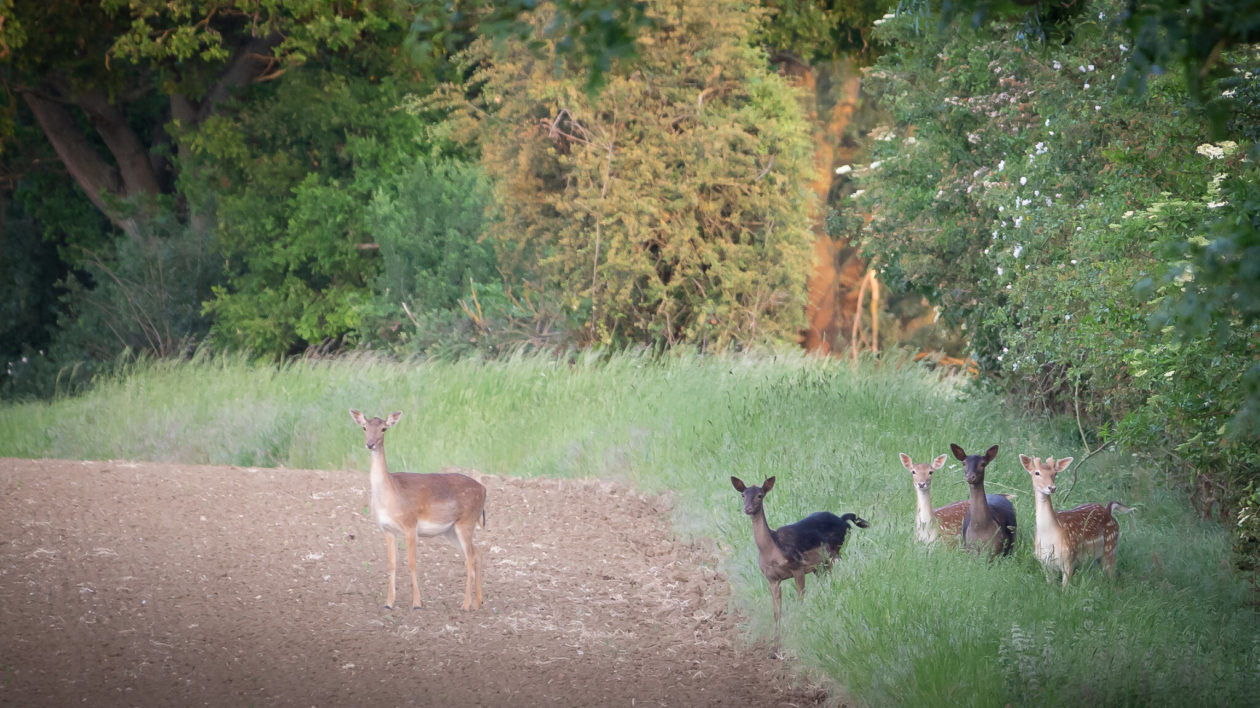
The Melanistic Deer of the Anthropocene
There is a chance that melanistic deer become a much more regular sight in the future. I offer this not as hope, but as a warning. We live in what many conservationists call the Anthropocene, the era when humans dominate the earth. And one of the hallmarks of the Anthropocene is the tendency to tinker, including with wild animals.
Selective breeding of weird-colored wildlife has become a trend. Many people consider white tigers to be rare, special animals – but they are bred and raised entirely for human entertainment.
In South Africa, it has become routine to breed hoofed mammals for specific colors, which are then marketed to the trophy hunting industry. Black springboks, once relatively uncommon, are now found on many game ranches in the country. Black impalas have likewise become an increasingly common sight on ranches. Golden wildebeest, white lions, white blesboks and other “Frankenstein freaks of nature” command premium prices from hunters.
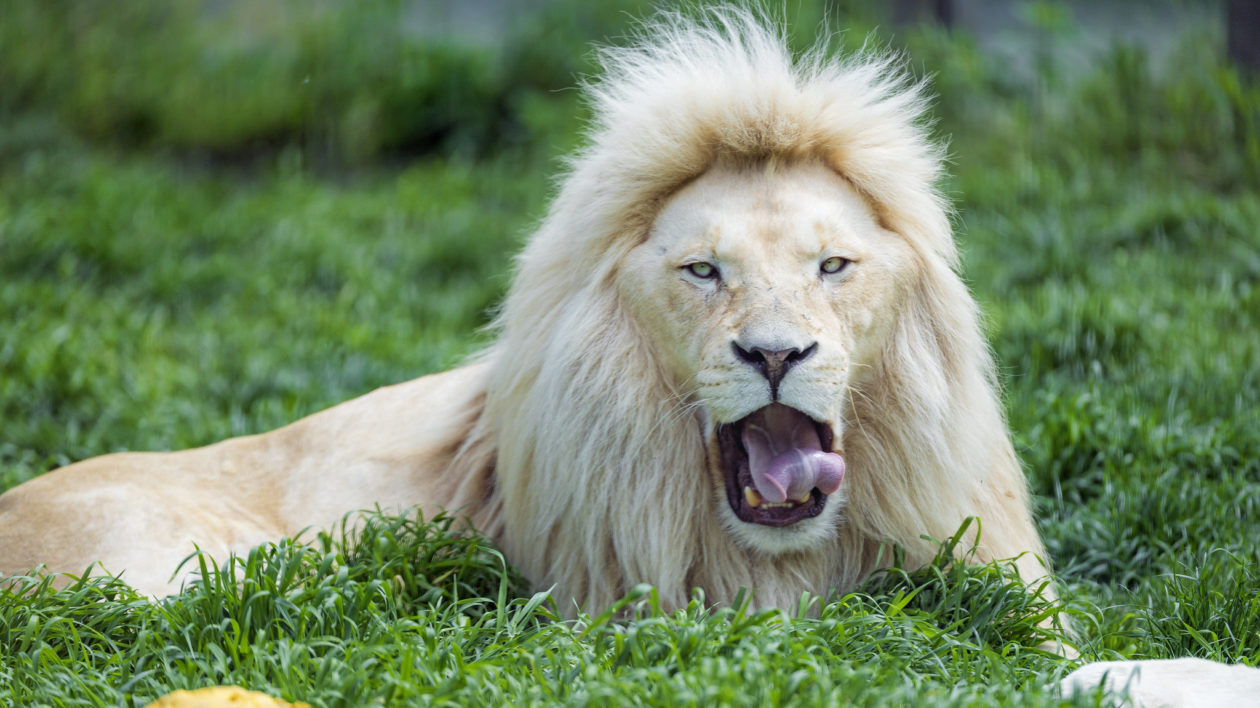
This process is rightly condemned by many, including ethical hunters. I hunt, but I fail to see how there can be any justification for breeding wild animals like livestock. But unfortunately, it’s clear there is a market for selectively bred color variations in big game animals.
And that brings us to whitetails. White-tailed deer are also intensively bred, including for freakish-sized antlers in the canned hunting industry. The white-tailed deer was one of the first wild animals ever cloned.
Given the rarity of melanistic deer, how long is it before such animals are selectively bred and offered to hunters? And then how long until they sneak out of their fenced enclosures and become more common in the wild? This is not far-fetched if you follow the wildlife breeding that is already happening.
As dismaying as all this is, I see in it as underlying sign that people are drawn to diversity. In a world where large mammals grow increasingly rarer, we fill the void with our own diverse menagerie of white tigers and golden antelopes. Strange and bizarre beasts of our own making.
A better solution would be to work for the diversity that is still here among us, and to better understand the beauty and mystery of even common animals.
That’s why I sincerely hope that melanistic whitetails remain a rare, and special, sight – and one that you may be lucky enough to see in your own neighborhood.
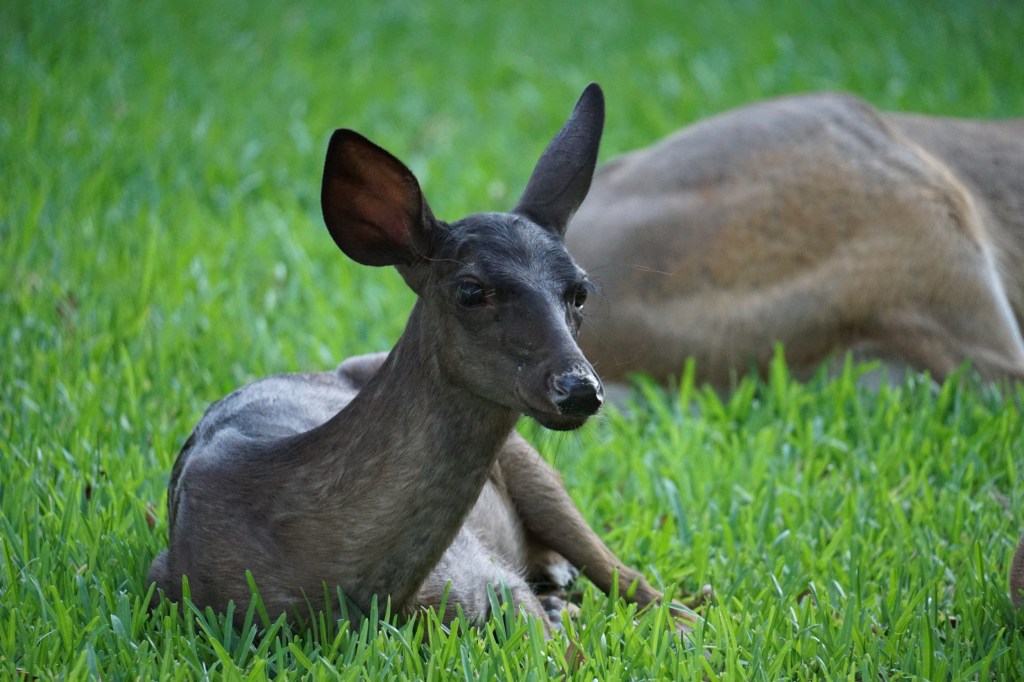



We enjoy frequent visits from the “regular” white-tail deer families. But this year we had several visits of deer with distinct blackish brown fur and black tails. When I saw them in the distance they reminded me of antelopes as they stood on the hind legs to nibble the fresh green from our hedges. I could only find “Sika deer” and Pacific Northwest deer that fit their description. This time I was able to take a picture, but they really blend into the background.